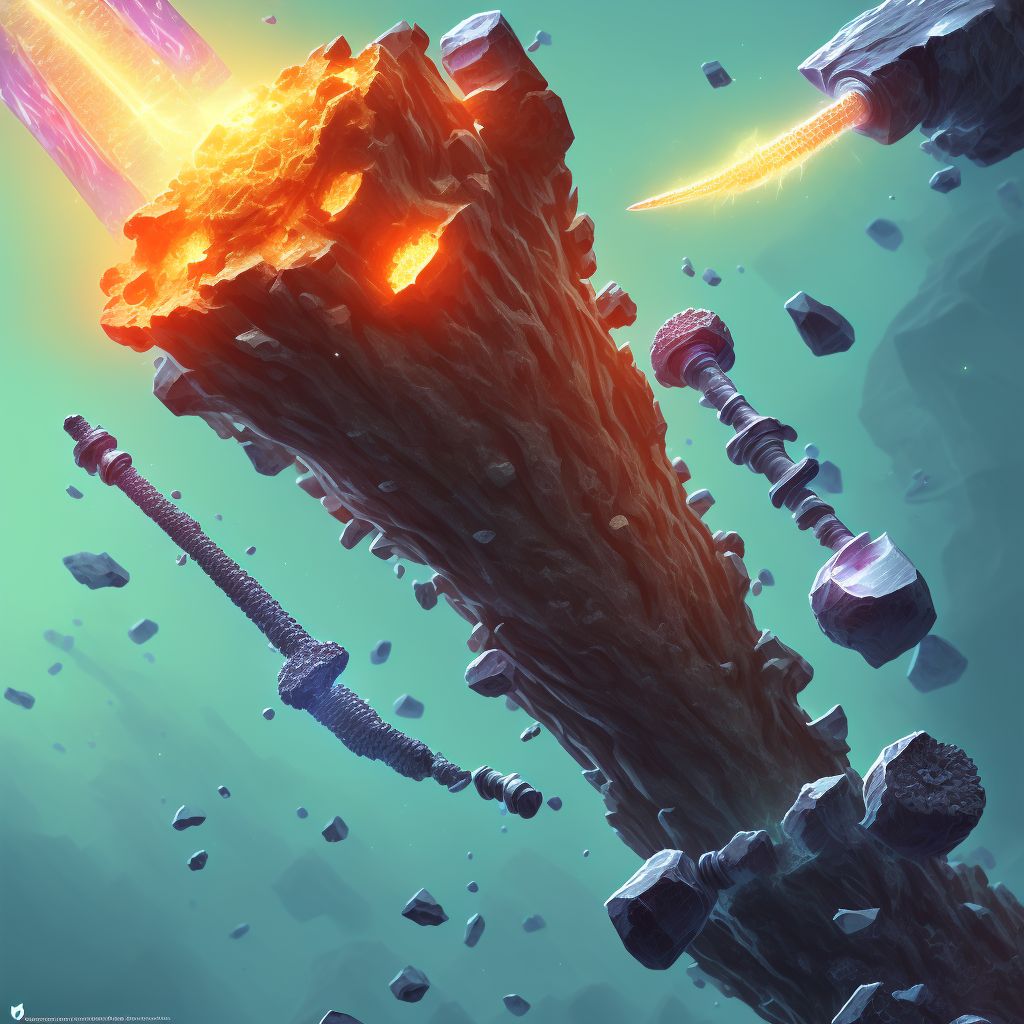
Nondisplaced comminuted fracture of shaft of unspecified tibia, subsequent encounter for closed fracture with routine healing Save
ICD-10 code: S82.256D
Disease category: S82.256: Nondisplaced comminuted fracture of shaft of unspecified tibia
Nondisplaced Comminuted Fracture of Shaft of Unspecified Tibia: Understanding the Healing Process
A nondisplaced comminuted fracture of the shaft of the unspecified tibia can be a daunting injury, but with proper care and attention, it can heal successfully. In this article, we will explore the subsequent encounter for a closed fracture with routine healing, shedding light on the recovery process. Let's dive in!
- Understanding the nature of the fracture:
- Initial treatment and diagnosis:
- Monitoring the healing process:
- Importance of closed fracture:
- Expected healing timeline:
A nondisplaced comminuted fracture occurs when the bone breaks into several fragments but remains in its original position. In the case of the unspecified tibia shaft, this fracture can cause pain, swelling, and difficulty in bearing weight on the affected leg.
Upon seeking medical attention, the fracture will be diagnosed through imaging techniques such as X-rays or CT scans. The subsequent encounter refers to follow-up appointments after the initial diagnosis and treatment.
During subsequent encounters, healthcare professionals will assess the progress of the fracture's healing. They will examine X-rays and evaluate the bone's alignment, stability, and signs of healing.
A closed fracture means that the bone has not pierced the skin, reducing the risk of infection. As the fracture heals, routine monitoring ensures that the bone is regaining its strength and stability.
Healing time for a nondisplaced comminuted fracture varies, but typically ranges from six to twelve weeks. However, it's essential to note that individual healing rates may differ based on factors such as age, overall health, and the severity of the fracture.
Remember, this article provides an overview of the healing process for a nondisplaced comminuted fracture of the shaft of the unspecified tibia. If you have any concerns or questions regarding your specific situation, consult with a healthcare professional. They will provide personalized guidance and ensure your fracture heals properly.
Treatment of Nondisplaced comminuted fracture of shaft of unspecified tibia, subsequent encounter for closed fracture with routine healing:
Treatment Options for Nondisplaced Comminuted Fracture of Shaft of Unspecified Tibia
A nondisplaced comminuted fracture of the shaft of the tibia refers to a type of bone break where the tibia, or shinbone, is fractured into multiple pieces without any significant displacement. This injury usually occurs due to a high-impact trauma or forceful injury.
When it comes to the t...
To see full information about treatment please Sign up or Log in